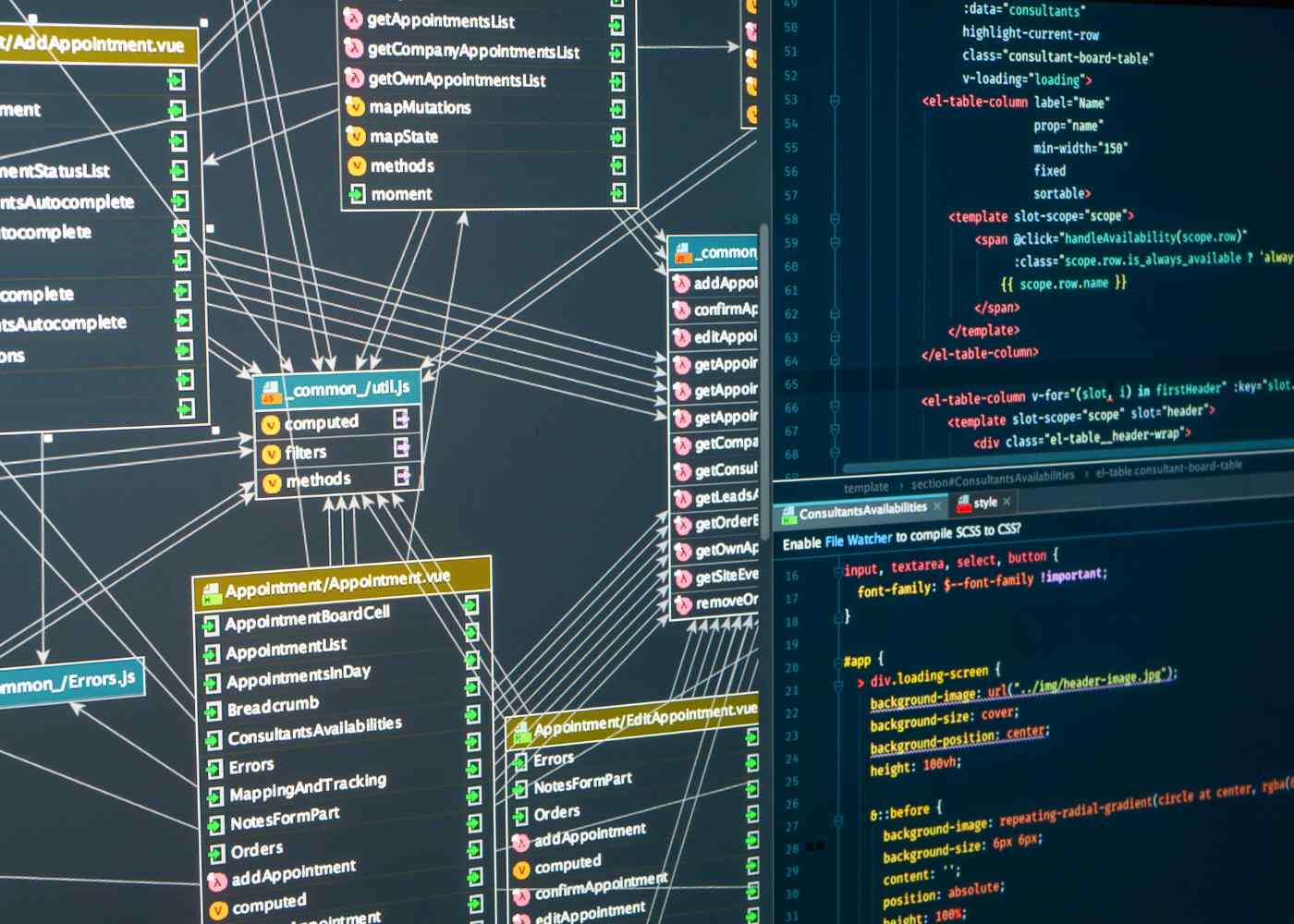Search
Category
- Website Design (204)
- Technology (108)
- Business (63)
- Seo (57)
- Digital Marketing (38)
- Mobile Application (37)
- Guest Blog (31)
- Food (30)
- How To (29)
- Health (26)
Similar Articles




Shared-nothing architecture refers to a design approach
where each component in a system operates independently and does not share
resources with other components. This architecture is often used in distributed
computing systems to achieve high scalability and performance. In a
shared-nothing architecture, components communicate with each other by passing
messages rather than sharing data. Shared-nothing architecture provides fault
tolerance because a failure in one component does not affect the operation of
other components. This architecture allows for easy horizontal scaling by adding
more components to handle the increased workload.
Shared-nothing architecture refers to a design approach
where each component in a system operates independently and does not share
resources with other components.
This architecture is often used in distributed computing
systems to achieve high scalability and performance.
In a shared-nothing architecture, components communicate
with each other by passing messages rather than sharing data.
Shared-nothing architecture provides fault tolerance because
a failure in one component does not affect the operation of other components.
This architecture allows for easy horizontal scaling by adding more components to handle the increased workload.

Improved performance: Shared-nothing architecture
allows for parallel processing, which can significantly enhance system
performance.
1. Scalability: This architecture enables scaling by
simply adding more components, which makes it easier to handle growing
workloads.
2. Reduced resource contention: With shared-nothing
architecture, components operate independently and do not compete for
resources, reducing contention and improving performance.
3. Flexibility: Each component in a shared-nothing
architecture can be upgraded or replaced independently without impacting the
rest of the system.
4. Fault tolerance: Failure in one component does not affect the overall system, increasing system resilience.

Scalability in shared-nothing architecture refers to the
ability to handle increasing workloads by adding more components. This
architecture emphasizes horizontal scaling, where additional components are
added to distribute the workload effectively.
By distributing the workloads across multiple components,
shared-nothing architecture can achieve linear scalability. This means that as
the number of components increases, the system's capacity increases
proportionally. This allows the system to handle larger workloads without a
significant drop in performance.
One of the advantages of shared-nothing architecture is its
ability to support dynamic scaling. This means that components can be added or
removed as per the workload demands. For example, during periods of high
demand, more components can be added to handle the increased workload.
Similarly, during periods of lower demand, components can be temporarily
removed to optimize resource usage.
Furthermore, scalability in shared-nothing architecture can
be achieved without significant changes to the existing components. This means
that scaling does not require extensive modifications or re-engineering of the
system, making it a cost-effective solution.
Shared-nothing architecture improves performance by
leveraging parallelism.
With shared-nothing architecture, workloads can be divided
into smaller tasks that can be processed concurrently by different components.
Parallel processing in shared-nothing architecture reduces
overall processing time and improves system response time.
Shared-nothing architecture also minimizes communication
overhead between components, further enhancing performance.
By eliminating resource contention, the shared-nothing architecture allows components to operate at their maximum capacity, improving performance.

When implementing a shared-nothing architecture, several key
components play a crucial role in ensuring its effectiveness and scalability:
A distributed file system enables the sharing of data across
components in a shared-nothing architecture. It allows for easy access and
retrieval of data, regardless of which component it resides on.
Components in a shared-nothing architecture communicate with
each other through message passing. This mechanism allows for efficient and
reliable data transfer between components, ensuring smooth system operation.
A load balancer evenly distributes workloads across multiple
components in a shared-nothing architecture. It ensures that no component
becomes overloaded while others remain idle, optimizing performance and
resource utilization.
Shared-nothing architecture typically includes mechanisms to
handle component failures without affecting the system's operation. These
mechanisms ensure system resilience by allowing the failed component to be
replaced or bypassed, maintaining uninterrupted performance.
Replicating data across multiple components ensures data
availability and resilience in a shared-nothing architecture. By duplicating
data, the system can continue to operate even if one or more components fail,
ensuring data integrity and accessibility.
Shared-nothing architecture offers numerous benefits in
terms of scalability and performance in distributed computing systems. By
allowing each component to operate independently and communicate through
message passing, shared-nothing architecture provides improved performance
through parallel processing and reduced resource contention. It also offers
scalability by easily adding more components to handle growing workloads,
achieving linear scalability. Additionally, the fault tolerance and flexibility shared-nothing architecture provides make it a resilient and adaptable
solution. With the key components of a distributed file system, message
passing, load balancer, fault tolerance mechanisms, and data replication, the shared-nothing architecture ensures efficient and reliable system operation. In
conclusion, implementing shared-nothing architecture enhances scalability and
performance, making it a valuable approach for modern computing systems.
Do you want to have a website that attracts attention and wows visitors? Then, we are prepared to assist! Contact us by clicking the button below to share your thoughts with us.
Fabian Cortez
polandwebdesigner.com is a reliable platform for you to contribute your information, advice, expertise, and learning in the form of articles and blogs.